By Jennifer Balink and David Quarles
The benefits of mindfulness are well established, with everyone from psychologists to scientists attesting to its power to produce tangible changes in our brains. And becoming more mindful, or better said, more fully present in the moment and connected with the spaces around us, does not necessarily mean taking up yoga or starting a self help course. It can be as simple as making small changes to some of the spaces where our lives can feel the most challenging.
The workplace, whether it is a home office or an office building, can be a center of stress. But even our own homes, which at their best are sanctuaries for us and the hubs of our lives, can include plenty of whirlwind and chaos.
We cannot always take back power by reducing our responsibilities and obligations. But we writers are both busy professionals who have, in effect, reclaimed our spaces so we can reflect back calmer and anxiety-reducing sensations.
Not everyone will want or need Marie Kondo-style minimalism. Creating a more mindful space will vary from person to person, but the point is for you, your family, and your team if you are sharing an office space, to operate inside rooms and buildings that decrease your stress levels rather than add to them.
Absolutely anyone with a home or an office in need of a bit more mindfulness can lean on these four questions to get them started.
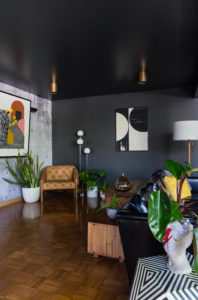 How does your space make you feel now?
How does your space make you feel now?
Perform a quick and easy sensation check. Close your eyes for five seconds, draw in a deep breath from your nose, and blow it slowly out of your mouth. When you reopen your eyes, notice what you see, feel or smell. Look around at the room, your bed, or your work desk. What is the first thought that comes to your mind? Does it feel neat and organized, or a bit cluttered?
A different exercise, especially for your office, is to ask yourself how long it would take you to retrieve an important document that you or a client or co-worker needed right away – including on your computer. If the very thought of having to find it would stress you out even more in a tense situation, that in itself is probably a signal for a re-do.
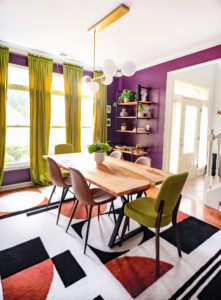 How do you want your space to feel?
How do you want your space to feel?
Both interior designers and anyone involved in clinical practice consider what feelings a room both holds and generates for those entering them. Some people may want to feel excited and energized, while others need their spaces to provide a calming reprieve. They might find bright colors refreshing or stressful. White or gray walls could either be boring or soothing. All depend on the person.
If you’re improving a space that others will use, ask for their input, too. A good way to bridge any gap is to try fixing things like lighting or plants, which may also allow for multiple people to “personalize” a space.
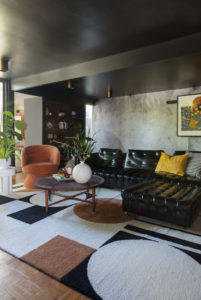 How can you maximize what you have?
How can you maximize what you have?
Regardless of your budget, you should be able to experience a level of calm. Something as simple as implementing a new organizing system for your office, such as marking and putting away materials you’ve already dealt with, or even implementing a paper-free policy for your teams, can all make a world of difference.
If you can afford a trip to Target or even an interior designer, this may be an option for you. But if you can’t, it’s never a deal-breaker for creating a mindful space.
Is it your space – or something deeper?
Stress in our lives can sometimes lead us to misinterpret or displace our feelings. Self-care is essential, but if you feel like what is wrong has less to do with your space and more to do with your mindset or personal circumstances, it’s always a good idea to seek help from a therapist, spiritual advisor, or your physician. Listen to your gut. If you’ve been struggling with a problem for a while, never continue to put it off, hoping it will simply “pass.”
Our outer environments and inner selves have an uncanny way of mirroring one another. Whatever investment we make in more mindful spaces in turn can help generate better moods, more productive work environments, and fuller, richer lives true to ourselves and our experiences.
Jennifer Balink is the executive director of Kindred Place, a Memphis-based counseling and education center for adults, children, and families.
David Quarles is a Memphis-based interior designer, jewelry designer, content creator and fitness instructor.
You also might be interested in: Explore Memphis | Things to do in Memphis | Memphis Attactions
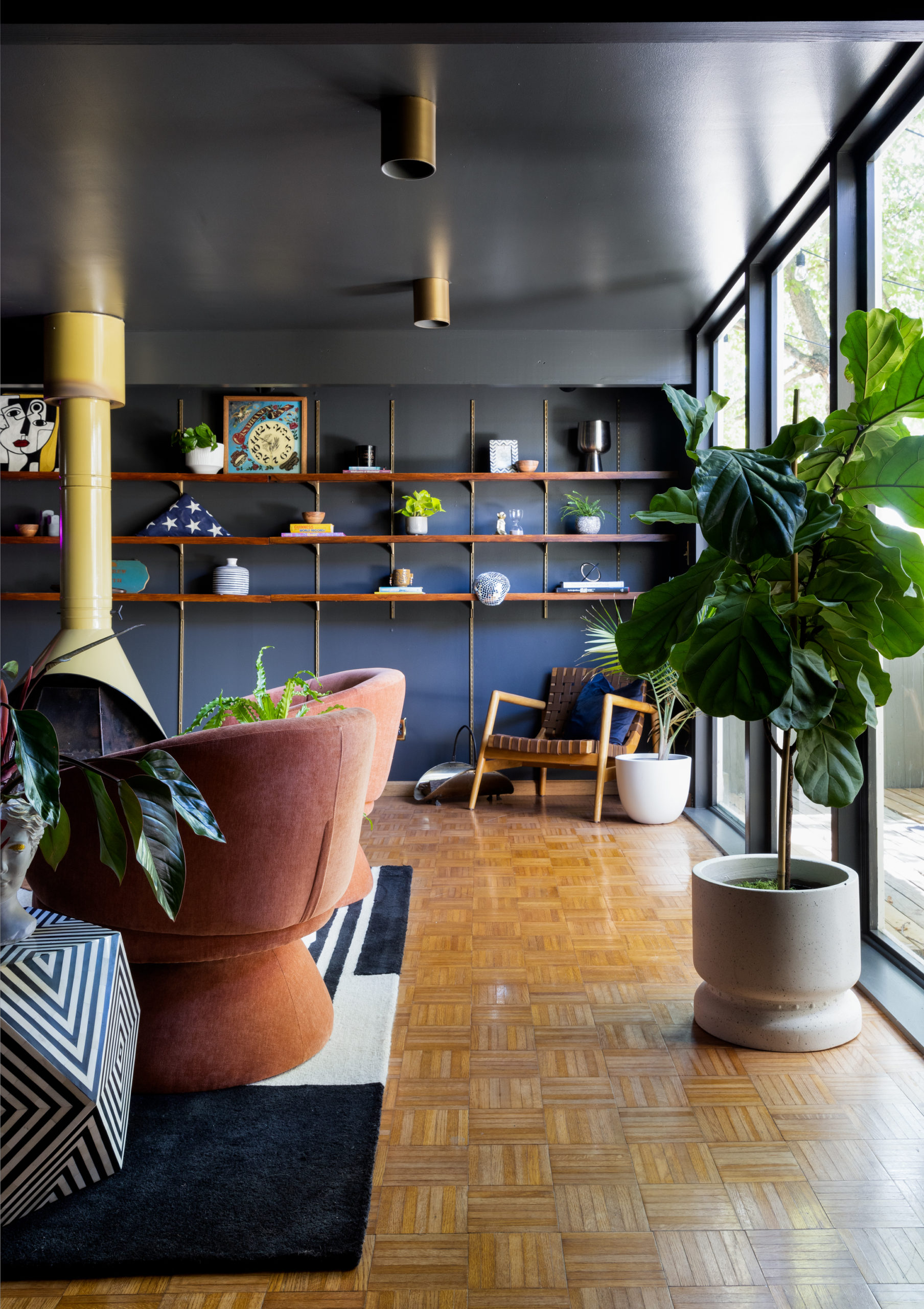

















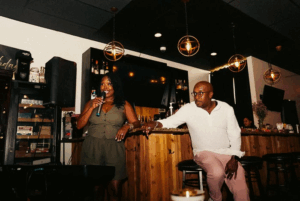










![The countdown is ON, Memphis! We’re officially 30 days out from the @unitememphis 5K + 1-Mile Walk/Run—and this year, we’re stepping into unity on 901 Day 🙌🏽
📍 Monday, September 1 | National Civil Rights Museum
🕘 Start time: 9:01AM
🎶 Food, music & fun to follow
Whether you’re walking or running, this isn’t just a race—it’s a movement. And there’s no better time to join in than now. 👟✨
🎓 COLLEGE STUDENTS: Be one of the first 100 to register using your .edu email with promo code NEXTGENUNITE and your ticket is just $10 (that’s a $32 savings 👀). Limit 2 per person, so tell a friend!
Let’s walk. Let’s run.
Let’s #UniteMemphis 💛
🔗 [link in bio]](https://wearememphis.com/wp-content/uploads/sb-instagram-feed-images/526805187_18335272954206022_6056852028660485499_nfull.webp)







